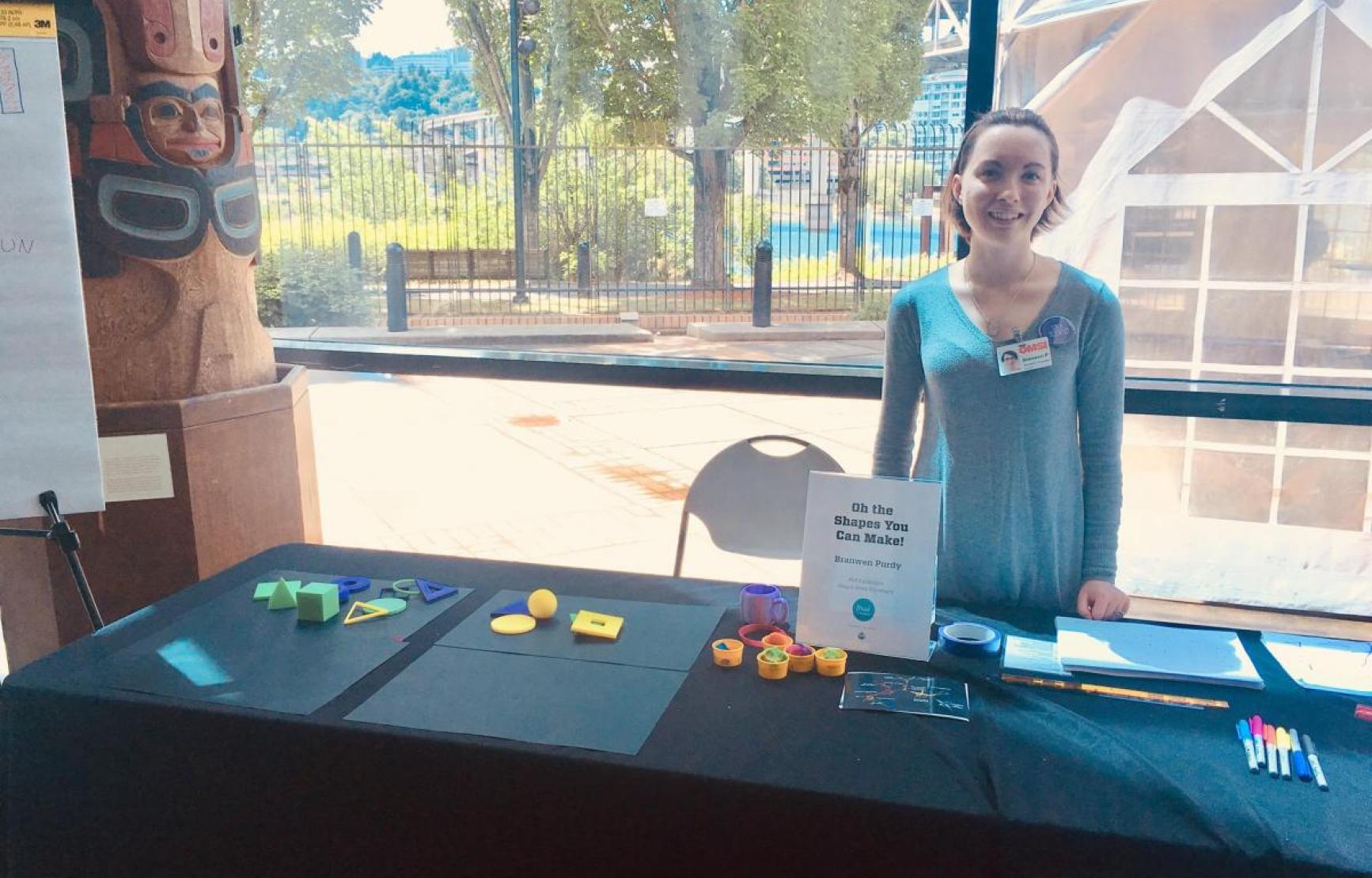Join us for these events hosted by the Department of Mathematics, including colloquia, seminars, graduate student defenses and outreach, or of interest to Mathematicians hosted by other groups on campus.
Data-Driven Kernel Matrix Computations: Geometric Analysis and Scalable Algorithms
Speaker: Cai Difeng
ABSTRACT: Dense kernel matrices arise in a broad range of disciplines, such as potential theory, molecular biology, statistical machine learning, etc. To reduce the computational cost, low-rank or hierarchical low-rank techniques are often used to construct an economical approximation to the original matrix. In this talk, we consider general kernel matrices associated with possibly high dimensional data. We perform analysis to provide a straightforward geometric interpretation that answers a central question: what kind of subset is preferable for skeleton low-rank approximations. Based on the theoretical findings, we present scalable and robust algorithms for black-box dense kernel matrix computations. The efficiency and robustness will be demonstrated through experiments for various datasets, kernels, and dimensions, including benchmark comparison to the state-of-the-art packages for N-body simulations.BIO: Difeng Cai received his BS in math from University of Science and Technology… Read more.
